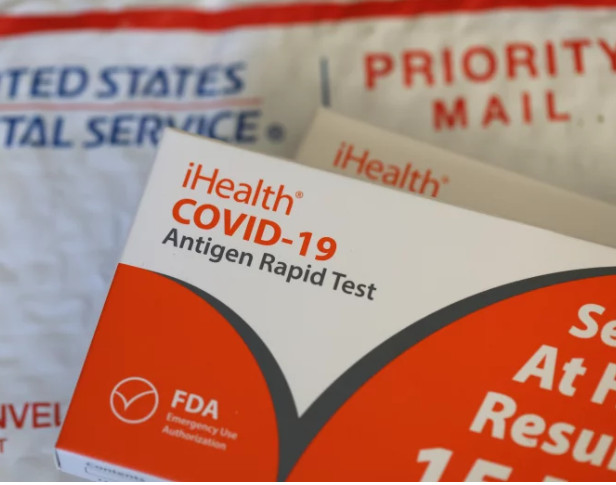
Understanding the New COVID Variants: FLiRT
Despite our desire to move past COVID-19, a new set of variants, collectively called “FLiRT,” reminds us that the virus is still with us.
Current Situation in the U.S. 📉
Good News: As of last Friday, the CDC reports that the overall level of respiratory illness in the U.S. remains low.
Cautionary Note: Historically, the U.S. has seen summer COVID waves, often fueled by increased travel and gatherings in air-conditioned environments.

Expert Insights with Dr. Ashish Jha 🎙️
Dr. Ashish Jha, Dean of the Brown University School of Public Health and former White House COVID-19 Response Coordinator, recently discussed these new variants with Ailsa Chang on All Things Considered. Here are the highlights:
Concerns About FLiRT Variants 🦠
Ailsa Chang: How concerned are scientists about the transmissibility or severity of these FLiRT variants compared to previous ones?
Dr. Ashish Jha: We are seeing the virus evolve as expected, aiming to bypass the immunity built up from vaccines and previous infections. The FLiRT variants are more transmissible, which is why they are becoming dominant. However, the crucial question is whether they cause more severe illness. Current evidence suggests that if you have been vaccinated or previously infected, you are likely to experience only mild symptoms. We need to keep monitoring new variants, but these developments are within expectations.
Anticipating a Summer Surge 🌞
Chang: Do you foresee a summer surge, and what advice do you have for those wanting to avoid disruptions to their summer plans?
Jha: Every summer since the pandemic began, we have seen a wave of COVID-19. I expect a similar pattern this year. People tend to spend more time indoors in hot weather, especially in the southern U.S., leading to larger waves in those areas. Those at higher risk, such as older adults and the immunocompromised, should ensure they are up-to-date with their vaccinations and know that treatments are available if they get infected. If you are concerned about infection, avoiding crowded indoor spaces and wearing a mask can still be effective.
Observing COVID-19 Patterns Over Time 📅
Chang: What key patterns have emerged over the past four and a half years of observing this virus?
Jha: We typically see two significant waves each year: one in the summer and one in the winter, driven by the virus’s continuous evolution. Hospitalizations continue to occur, indicating that many people still get very sick. We must remain vigilant as there’s always a possibility that the virus could undergo a significant change, leading to more severe illness and disruption. While I don’t expect this, we need to be prepared for any eventuality.
The Future of COVID-19 Management 💉
Chang: Do you think we will treat COVID-19 like other seasonal respiratory illnesses, with annual vaccine updates?
Jha: Yes, that’s likely. I foresee a future where we get annual flu and COVID shots, with possibly an RSV shot as well, especially as we age. While it may seem inconvenient, these vaccines are crucial for saving lives and should be a part of our routine health care practices.

Conclusion 📝
The emergence of the FLiRT variants serves as a reminder that COVID-19 is still evolving and impacting our lives. Staying informed and prepared, ensuring vaccinations are up-to-date, and maintaining preventive measures remain essential strategies for managing our health in the face of these ongoing changes.



















